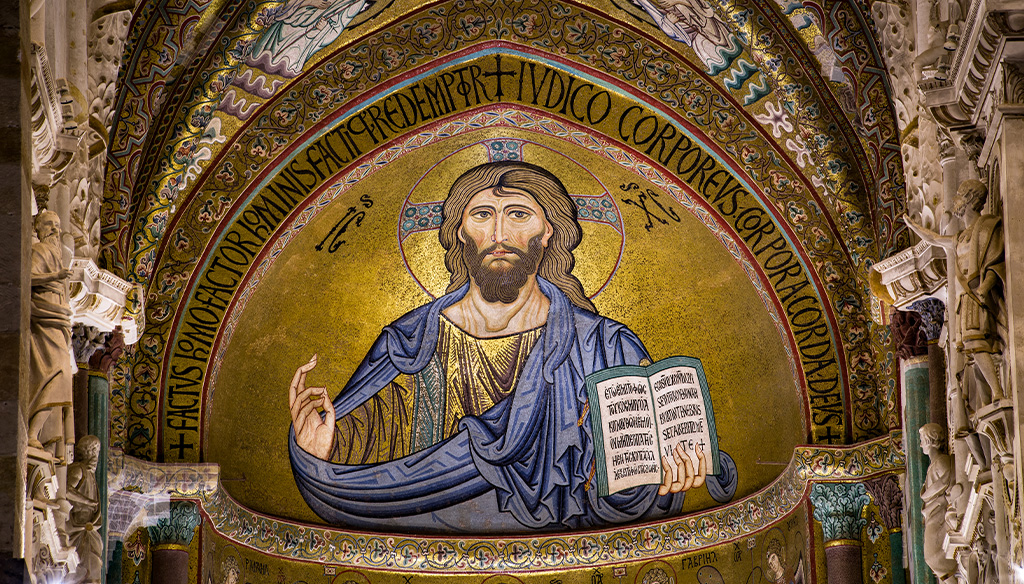Grotta Grattara Park: discovering the Fountain of the Ninfa
- May 21, 2021
- Experiences
A unique excursion to the Grattara Grotto Park at over a thousand meters above sea level. Read More

Cefalù is an Italian town located on the Sicilian northern coast, at the base of a rocky promontory. Cefalù is one of the main coastal resorts of the region and it attracts many locals and foreign visitors. One of the most visited places is for sure the Cathedral, with a Byzantine and Arabic-Norman style. The Cathedral was declared Heritage of Humanity by UNESCO in 2015 as part of the Arabic-Norman Itinerary of Palermo, Cefalù and Monreale.
The Cathedral of Cefalù is a minor basilica, it was built 1131 by Ruggero II. The building is preceded by a churchyard that before used to be a cemetery and it can be accessed from a staircase. The architecture of the Cathedral has a Romanesque style enriched by Arabic influences. The Norman style can be seen on the two towers that frame the front. The cathedral building has a Latin cross plan and it is divided into three naves by two rows of ancient columns.
What stands out the most are the mosaics that were made by Byzantine masters of Constantinople commissioned by Ruggero II. The oldest mosaics are the one on the apse and on the crossing of the Cathedral. The one that stands out the most is the one that shows the figure of Christ Pantokrator on the apse. Under the Christ Pantokrator there is the Blessed Virgin Mary praying, flanked by four archangels.
The Cathedral houses several artworks such as the baptismal font, carved from a single block of lumachella stone, a marble statue of the Virgin Mary and a silver altar from the XVIII century. The nave’s ceiling has Arabic-Norman and Gothic decorations from 1243.
For more information, contact us
